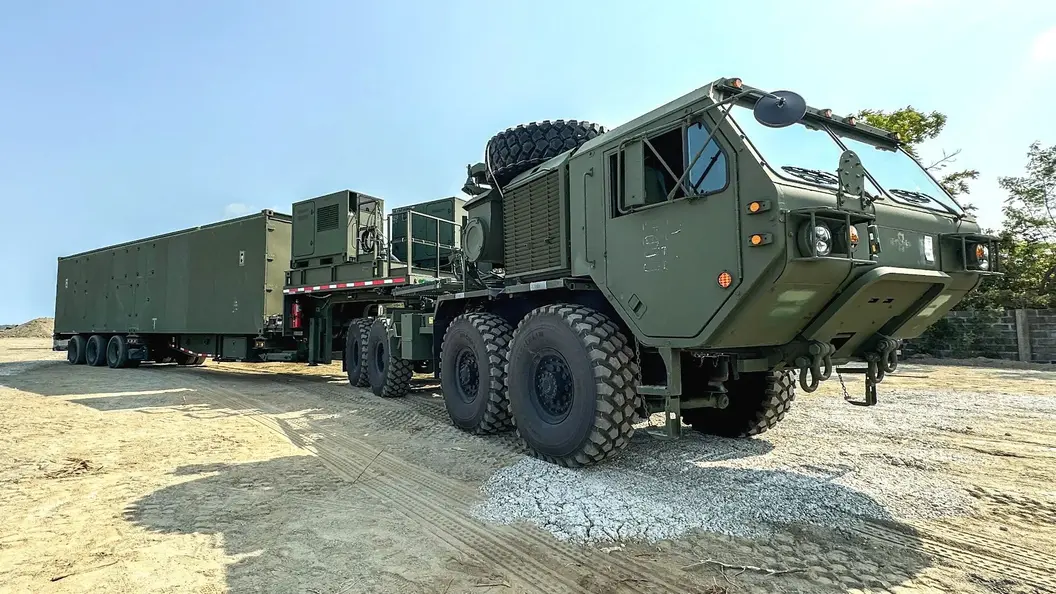The India-Philippines BrahMos deal originated from diplomatic discussions between the two nations, with the aim of enhancing the defense capabilities of the Philippine Marines. The comprehensive agreement, valued at nearly $375 million, was formalized two years ago, signaling a deepening defense collaboration between India and the Philippines. The primary objective of the deal was to equip the Philippine Marines with three batteries of BrahMos supersonic cruise missiles, a joint venture developed by India and Russia.
Planning and Initiation
The planning for the BrahMos deal was a meticulous process involving high-level consultations and negotiations. The deal was strategically crafted to serve the defense needs of the Philippines while showcasing the capabilities of the BrahMos missile system, jointly developed by India’s Defence Research and Development Organisation (DRDO) and Russia’s NPO Mashinostroyeniya.
The formal announcement of the deal, made at the diplomatic level, underscored the commitment of both nations to strengthen defense ties. The agreement was aimed at bolstering the maritime capabilities of the Philippine military and providing a potent tool in their defense arsenal.
Delivery Commencement to start within the next 10 days
Fast forward to the present, India is now set to initiate the delivery process. Ground systems integral to the BrahMos missile deployment are scheduled to reach the Southeast Asian country within the next 10 days. This is followed by the phased delivery of BrahMos supersonic cruise missiles, expected to be completed by March. The Defence Research and Development Organisation (DRDO) chief, Samir V Kamat, shared this information with the media, marking a crucial milestone in the execution of the deal.
Rising Military Exports and Falling Imports: A Shift in Dynamics
The BrahMos deal holds strategic importance for both India and the Philippines. For India, it represents a major leap in defense exports, as it marks the first export order for the BrahMos missile system. This achievement aligns with India’s broader vision of becoming a key player in the global defense market
Indian officials report a remarkable surge in military exports and a corresponding decline in imports over the past nine years. According to defense ministry data, exports have surged 23 times from ₹686 crore in 2013-14 to ₹16,000 crore in 2022-23. During the same period, spending on imported weapons and systems decreased from 46% of total expenditure in 2018-19 to 36.7% by December 2022.
India has emerged as a major exporter of military hardware, engaging with more than 85 countries and involving around 100 domestic firms. The exported items include a wide array of defense equipment such as missiles, artillery guns, rockets, armored vehicles, offshore patrol vessels, personal protective gear, radars, surveillance systems, and ammunition.
Countries across South America, Africa, Central Asia, and Southeast Asia have shown interest in India’s weaponry and defense systems, strengthening India’s global presence in the defense sector.
HAL’s Strategic Move and India’s Defense Manufacturing Growth
Hindustan Aeronautics Limited (HAL), the aircraft maker, is gearing up to boost exports by creating a new vertical focused on selling fighter jets and helicopters to various countries. Opportunities are being explored in countries like Argentina, Nigeria, Egypt, and the Philippines, particularly for the light combat aircraft (LCA) Mk-1A and the advanced light helicopter. This move aligns with India’s broader strategy to enhance self-reliance, evident in measures taken over the last five to six years. These include phased bans on weapon imports, a dedicated budget for locally made military hardware, increased foreign direct investment (FDI) from 49% to 74%, and improvements in the ease of doing business. India aims for a turnover of ₹1.75 lakh crore in defense manufacturing by 2025.
As India continues to export military hardware to over 85 countries, the BrahMos deal stands out as a landmark achievement, contributing to the growth of the country’s defense manufacturing sector. This success also reflects the impact of policy initiatives, reforms, and a commitment to self-reliance in defense production.


















